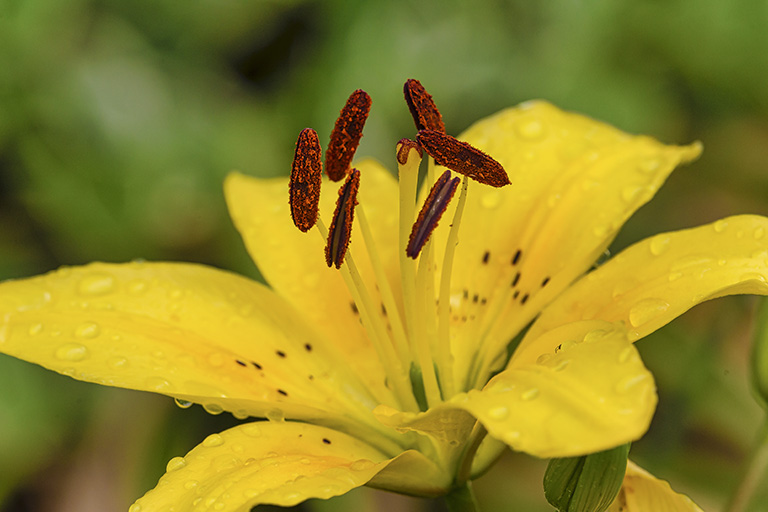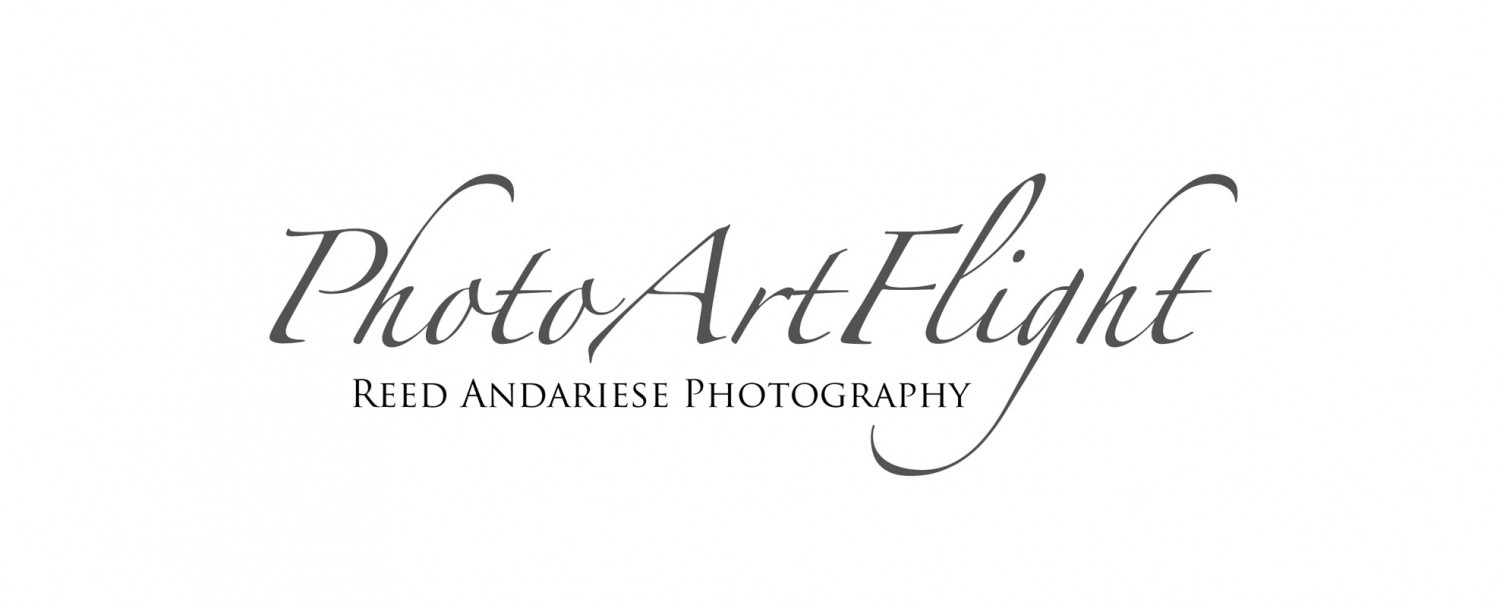Lily Closeup Image Stacks

A series of focus stacked Lily images, taken with a Sigma f/2.8, 150mm macro lens with a Canon 1.4x teleconverter. With the Canon 1.4x Teleconverter my maximum aperture was f/4 and 210mm focal length. The featured image was a closer view, so I shot 9 focus-stacked images taken with the Sigma 150mm macro @ f/4 with a 1.4x Canon Teleconverter. I wanted to shoot a series of focus stacked images at 2 different apertures to show the difference in the number of images needed for acceptable sharpness across the main subject. So it is a matter of deciding what effect you want in your image before you start photographing.

1st Image set – Lily, @ f/4, 10 image focus stack, Sigma 150mm macro, 1.4x teleconverter
For comparison the wider open you choose for your aperture, the more images you need in your series of focus stacked images. These were handheld, so the f/8 series was a little farther away, but you can get the idea of what I am trying to show. The more you stop down your f/stop, the less images you will need for a focus stacked image. But the more you stop down, the “busier” your backgrounds become.

2nd image set – Lily @ f/8 – 3 image focus stack, 150mm macro, 1.4x Teleconverter
 photoartflight
photoartflight
Wonderful shots, Reed. I enjoyed too the technical discussion about the relationship between the aperture setting and the number of images you need for focus stacking. It makes sense, but it is not something that I have thought about before.
Thanks Mike! I tend to see things in a different way. After doing commercial work for 50 years I tend to take techniques from the “studio” and use them in my personal work now. Plus so many techniques are just second nature to me and I just use them without thinking.
You have the experience and the built-in habits, whereas I tend to make it up on the fly. Sometimes our results are similar, but there are definitely times when you get shots by using more sophisticated techniques that I wouldn’t even think to use. Of course, the challenge we face on an equal footing is being there–you can’t get a the shot unless you are willing to visit the sometimes inhospitable locations where the wild creatures like to hang out. 🙂
True, True Mike!
Beautiful, Reed!
Thanks Donna! They are fun & easy to do once you have done a few!
I agree with Mike, first you have to be there, then spend time there and wait for the right opportunity. Of course, the technology must then be used in the right way, depending on the result you want. The first image with shallow depth of field leaves much to one’s own imagination and focuses on details in the center of the flower, which attracts my eye the most. Good with this type of image analysis! Great job!
Thanks Hans! Actually they are very easy to do once you have done a few. Photoshop does most of the work! And shooting 3 to 10 or more handheld images Does not take long.😊
Very nice, Reed! All nice but I go with the 2nd image.
Thanks Belinda! I could not decide, so I posted all 3!
Interesting and yet very complicated-sounding for a novice like me, but these are beautiful images!
Thanks so much! Once you do a couple they are easy to do in Photoshop!
Thanks for the vote of confidence 😉
The more you do, the better & more predictable the results you get! Plus they are fun to do!